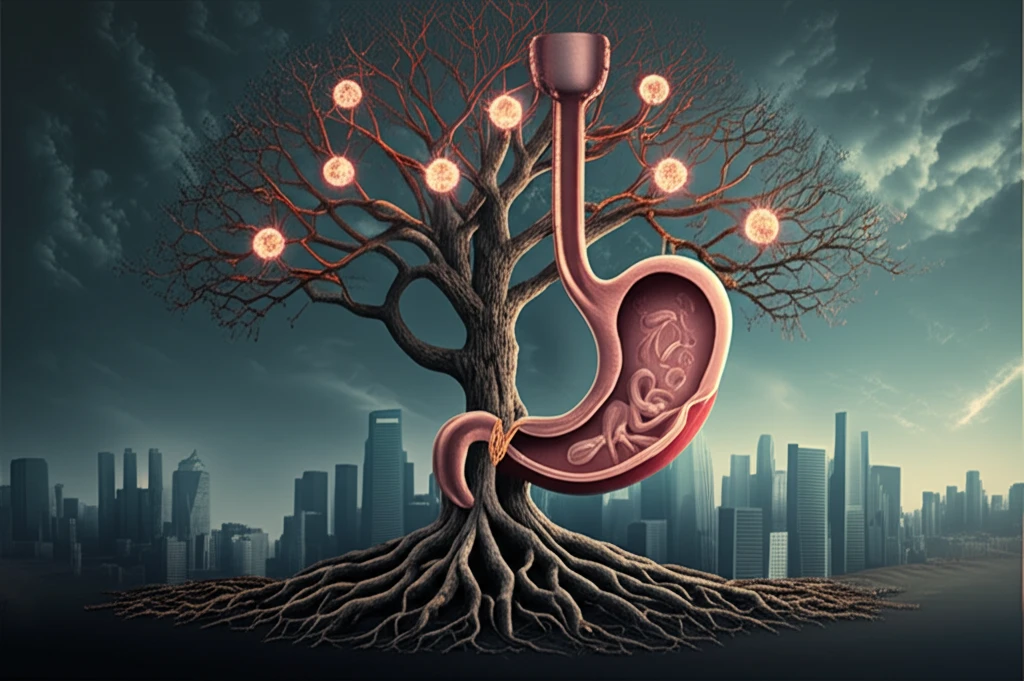
Decoding Esophageal Cancer: Are You at Risk? A Guide to Prevention and Treatment
"New research identifies key risk factors for lymph node metastasis in esophagogastric junction carcinoma, paving the way for more targeted treatments and improved survival rates."
Esophageal cancer, specifically adenocarcinoma of the esophagogastric junction (EGJ), is becoming increasingly prevalent worldwide. This type of cancer, which affects the area where the esophagus meets the stomach, often presents unique challenges in diagnosis and treatment.
While surgical removal remains a primary approach, determining the most effective surgical strategy for EGJ carcinoma is still an ongoing debate in the medical community. A critical aspect of successful treatment involves understanding the risk of mediastinal lymph node (MLN) metastasis, or the spread of cancer to lymph nodes in the chest. When cancer spreads to these nodes, it requires more aggressive interventions, which can significantly impact patient outcomes.
Recent research aims to identify specific risk factors that contribute to the spread of EGJ carcinoma to the mediastinal lymph nodes. By identifying high-risk patient groups, doctors can better tailor treatment plans, potentially improving survival rates and overall quality of life. This article explores the latest findings and what they mean for you.
What Factors Increase the Risk of Lymph Node Metastasis?

A study published in the journal Annals of Gastroenterological Surgery investigated the factors associated with the spread of EGJ carcinoma to the mediastinal lymph nodes. The researchers retrospectively analyzed data from 110 patients who underwent surgery for EGJ carcinoma. The goal was to identify characteristics that could predict a higher risk of MLN metastasis.
- Tumor Location: Tumors located above the esophagogastric junction (EGJ) had a significantly higher incidence of metastasis. Specifically, 35.3% of patients with tumors above the EGJ experienced MLN metastasis or recurrence, compared to only 8.5% of those with tumors below the EGJ.
- Esophageal Invasion Length: The extent to which the tumor had invaded the esophagus also played a crucial role. When the distance from the EGJ to the edge of the tumor was greater than 3 cm, the metastasis rate to the upper and middle mediastinum was particularly high (18.8%).
- Tumor Stage: Advanced-stage tumors (≥T2) were more likely to have spread to the mediastinal lymph nodes.
What This Means for You
This research underscores the importance of early detection and tailored treatment strategies for EGJ carcinoma. By identifying high-risk groups, physicians can make more informed decisions about surgical approaches, potentially improving outcomes for patients. If you have been diagnosed with EGJ carcinoma, discuss these findings with your doctor to understand your individual risk profile and the most appropriate treatment plan.
